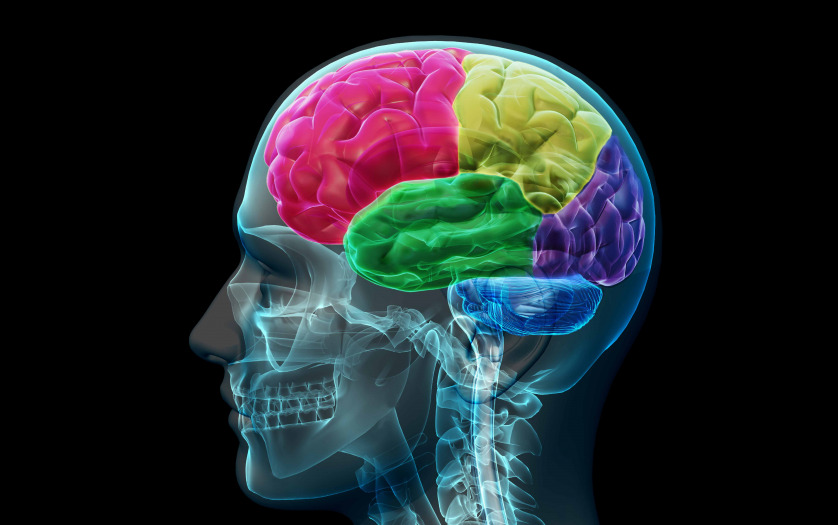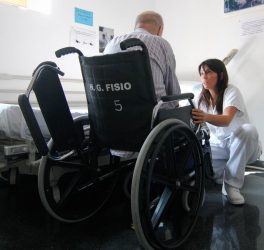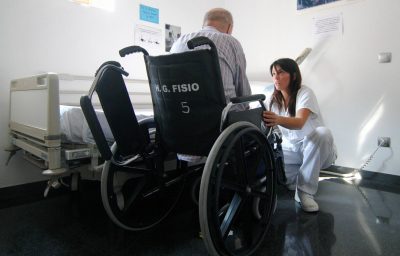
The technique allows scientists to create maps of developing mouse brains that can display how much of certain cell types are present in different regions — and it is a critical first step in being able to study neurodevelopmental disabilities in the brain.
“Key neural connections form during early development,” said Kim. “We can apply this mapping method to study changes of different brain cell types in developing mouse brains to understand neurodevelopmental disabilities at a cellular level.”
Kim and his colleagues created maps to help them understand how oxytocin, a neurotransmitter produced by the brain, is utilized by the brain during the course of early development. Previous research revealed that oxytocin plays a role in regulating social behavior, but there is little information on how the receptors that mediate oxytocin’s effect across the brain’s neural networks are present in different parts of the brain across time during development.
The research team hypothesized that different brain regions would have different expression levels of oxytocin receptor (OTR) as individual brain areas mature. Previous studies investigating oxytocin receptor expression used methods where only select regions of the brain could be analyzed in portions.
The team created template brains from different early postnatal development periods — 7, 14, 21 and 28 days after birth. The templates were created by generating averages of brain images and labelling key anatomy. They served as a reference point for imaging, detecting and quantifying the oxytocin receptors during different phases of development. The results of the study were recently published in Nature Communications.
Kim and colleagues found that OTR expression reached its peak in mouse brains 21 days after birth, which is equivalent to early childhood in humans. OTR expression in the hypothalamus continued to increase until adulthood, indicating that oxytocin signaling may play a role in generating sex-specific behavior. They also studied mice who were unable to produce oxytocin receptors and noted that there was significantly reduced synaptic density — indicating that oxytocin plays a key role in wiring the brain.








